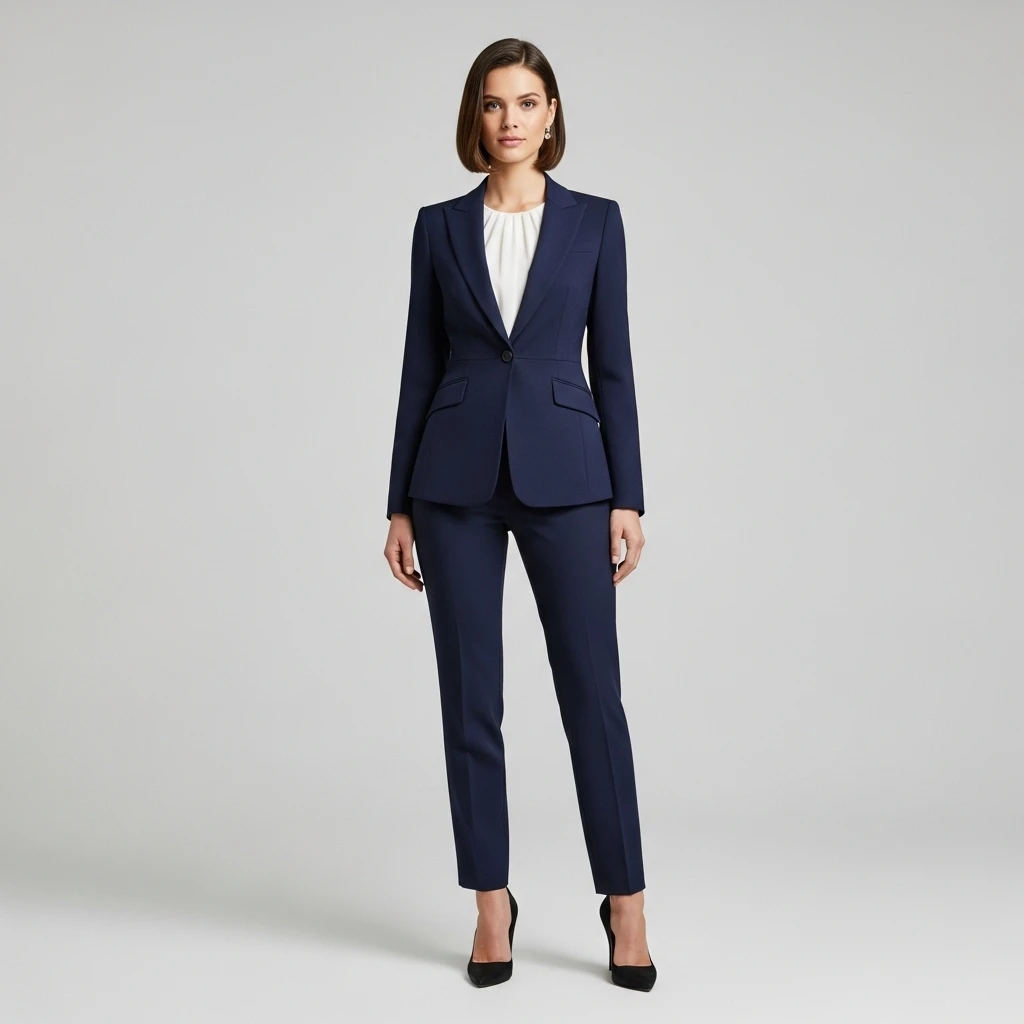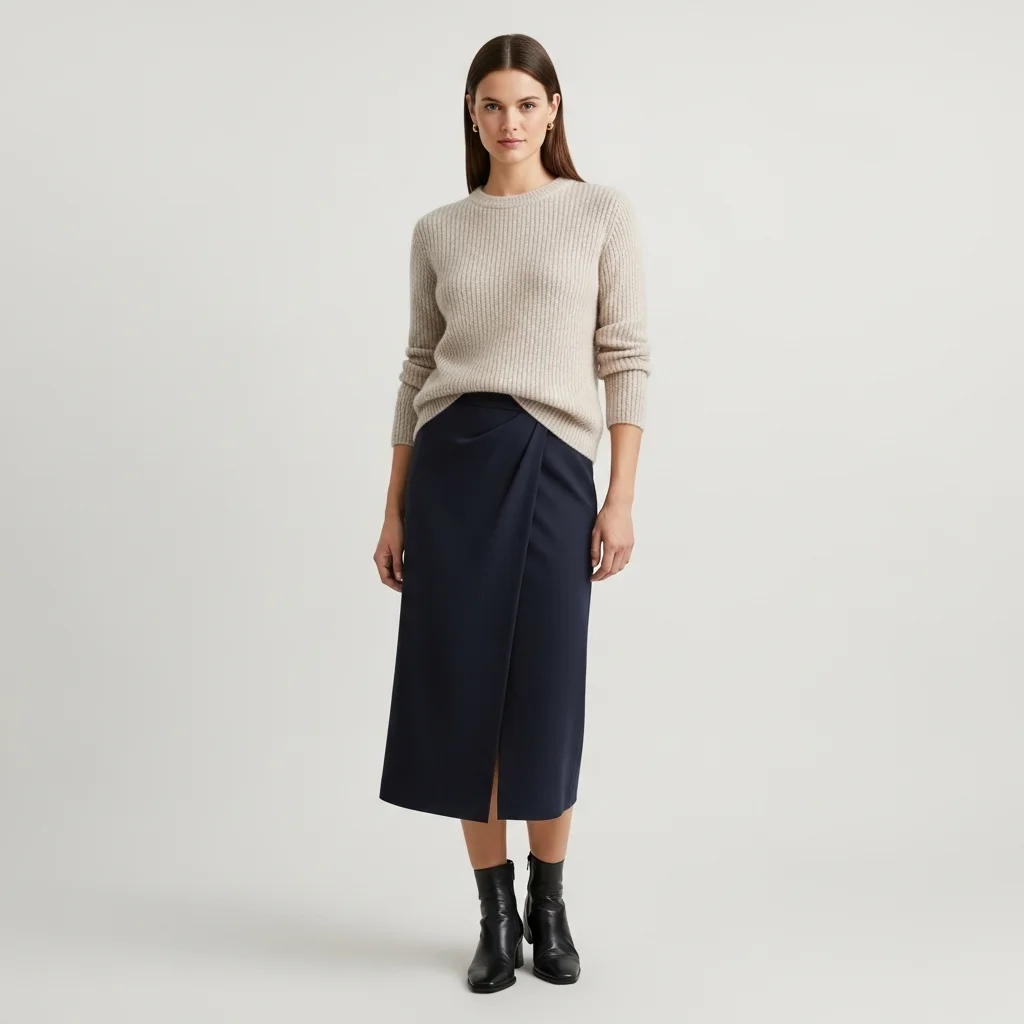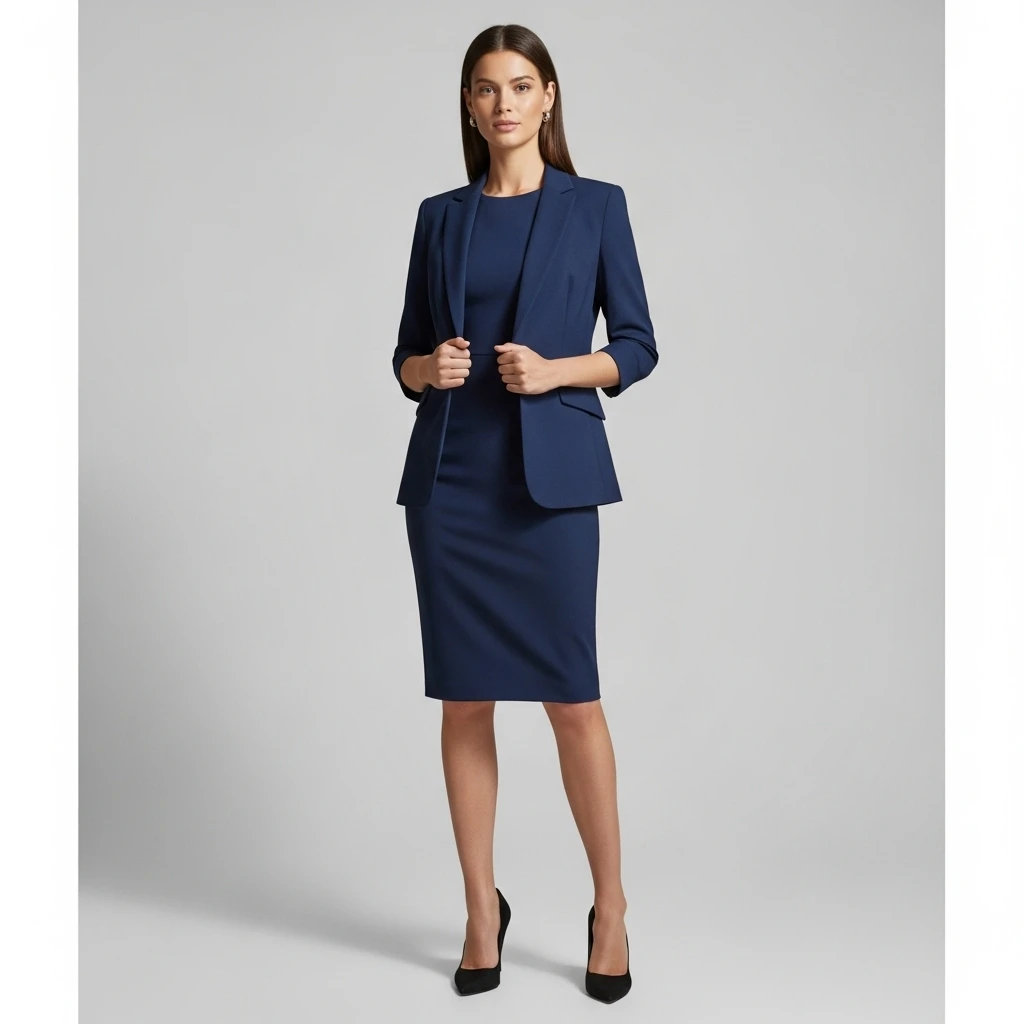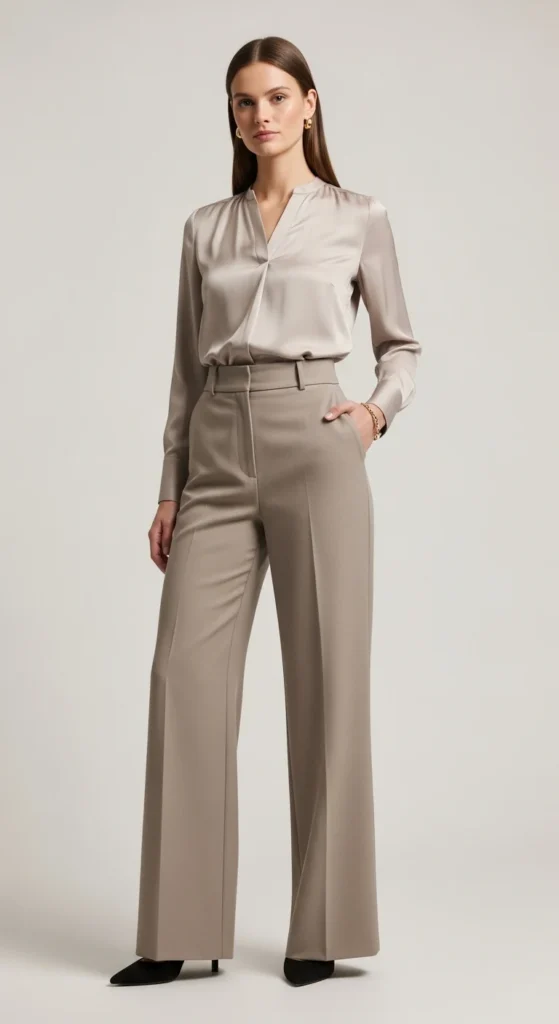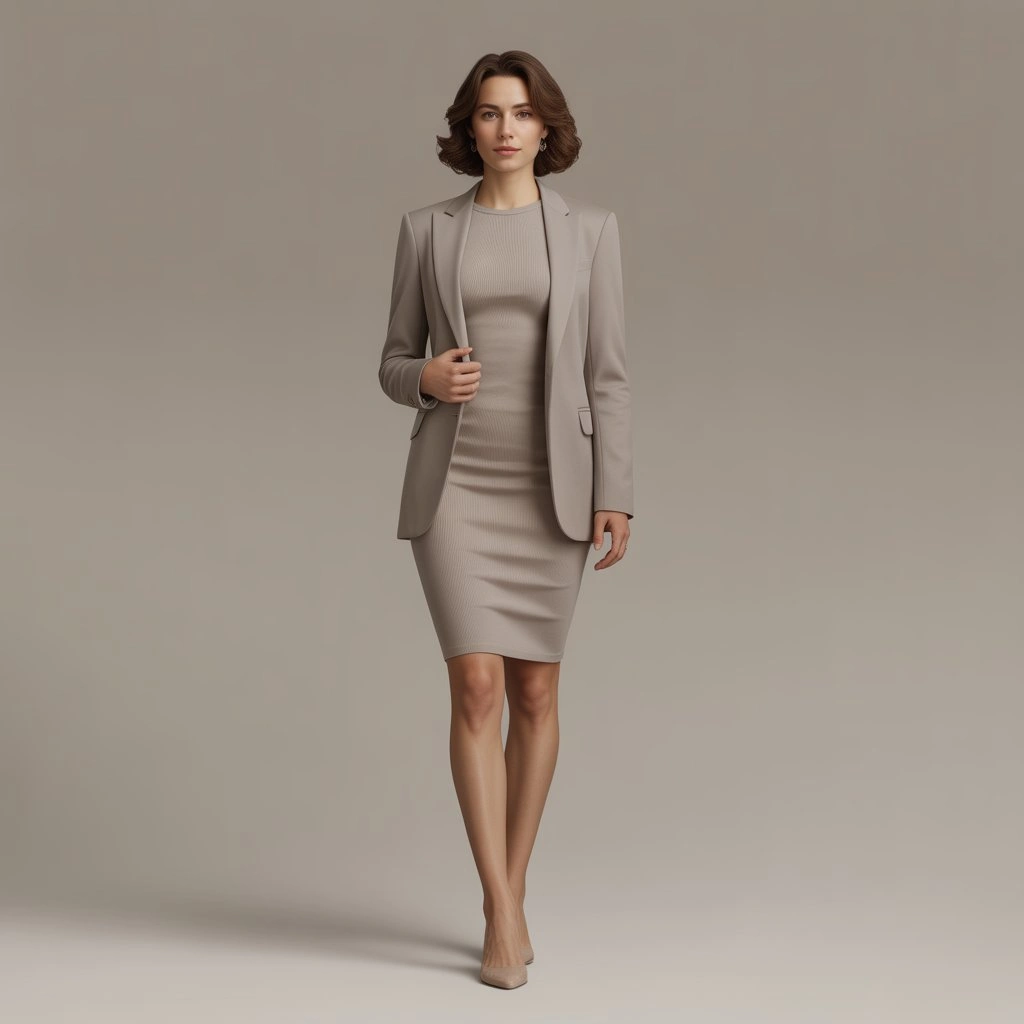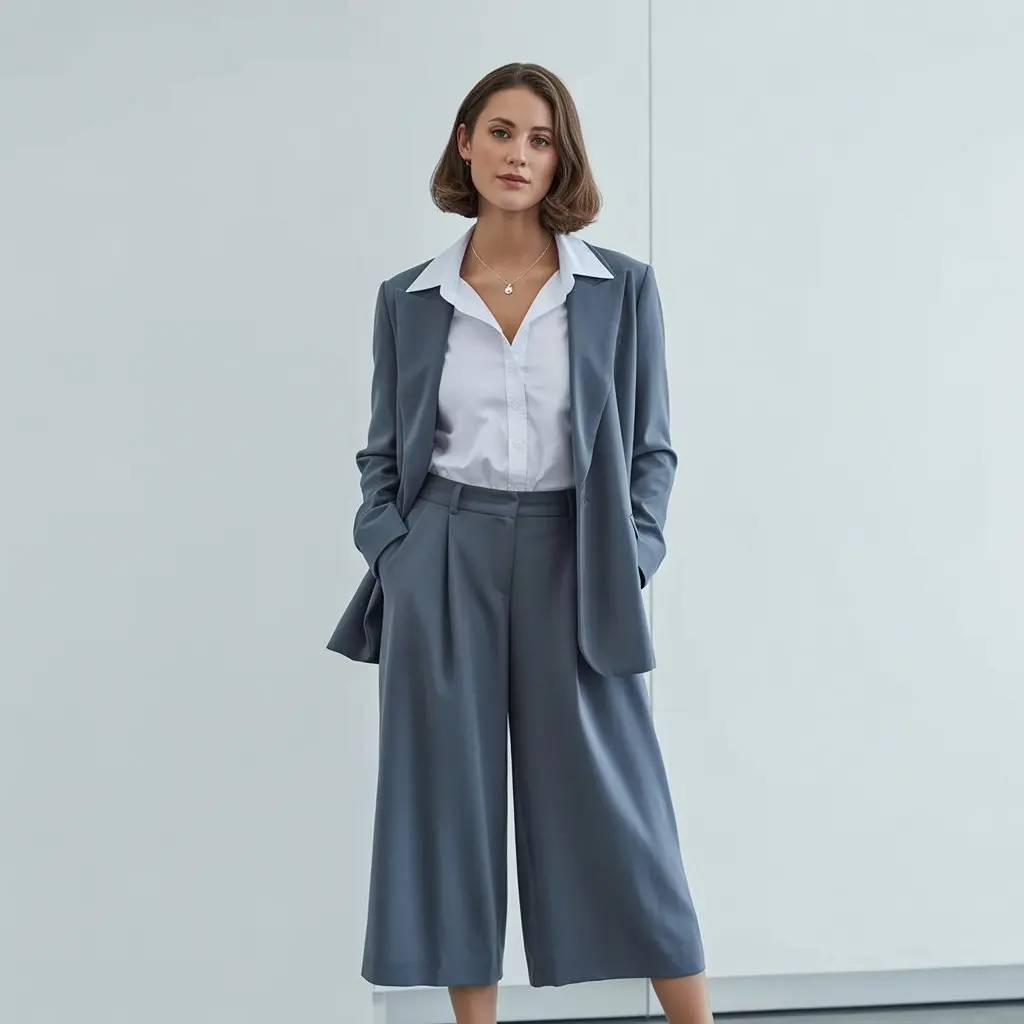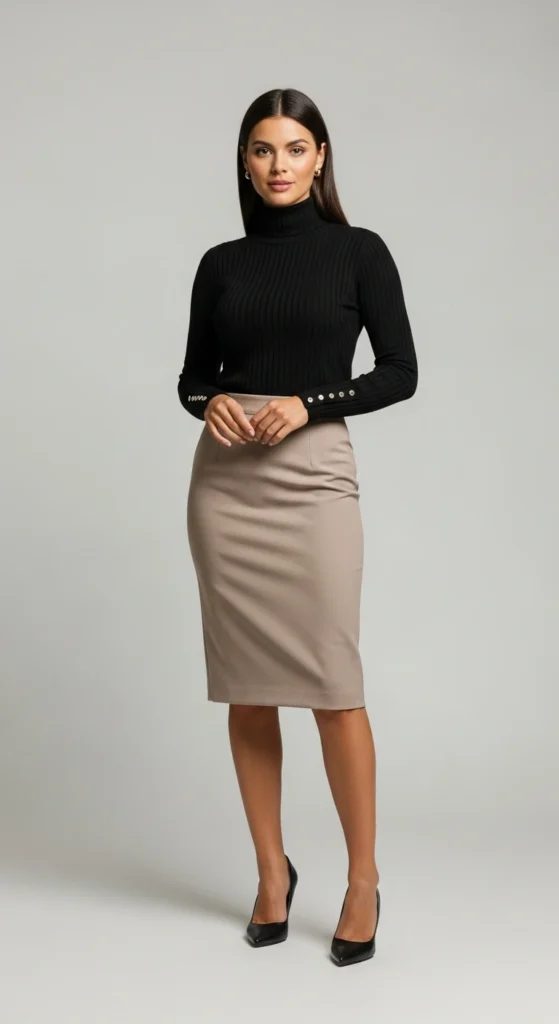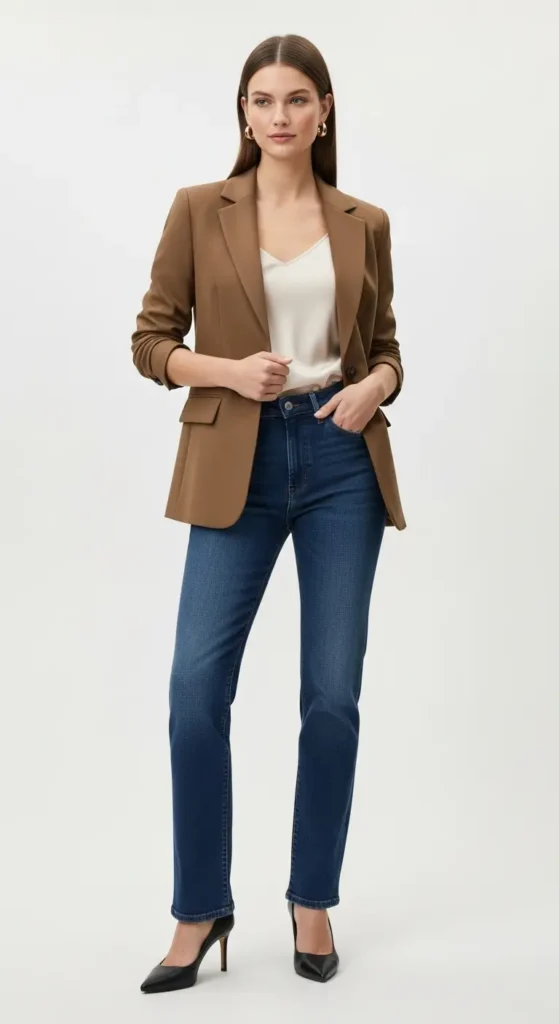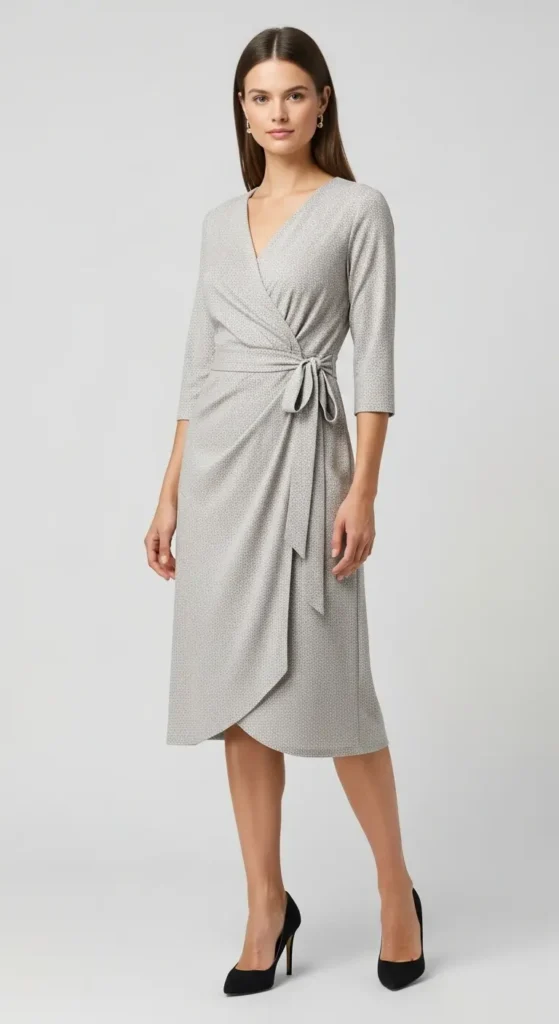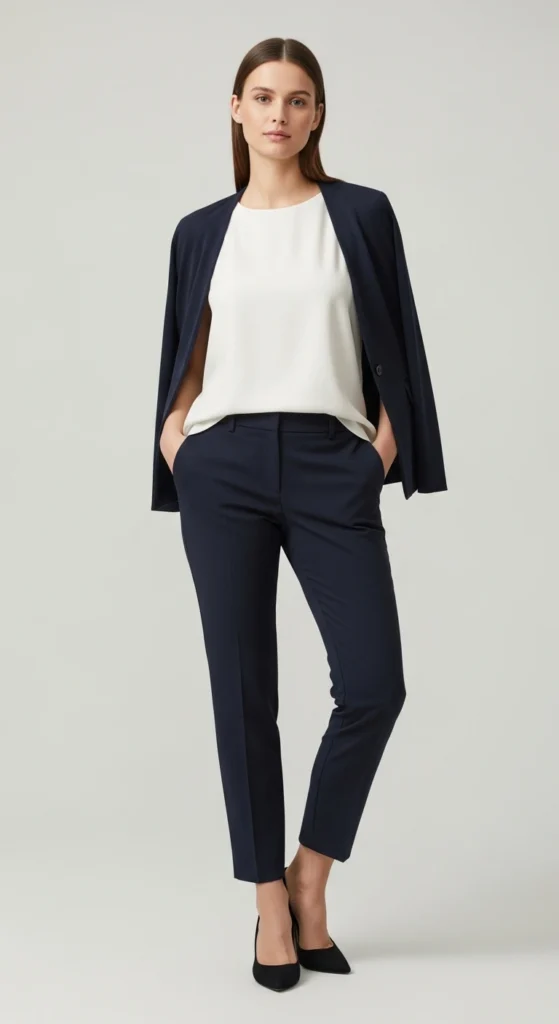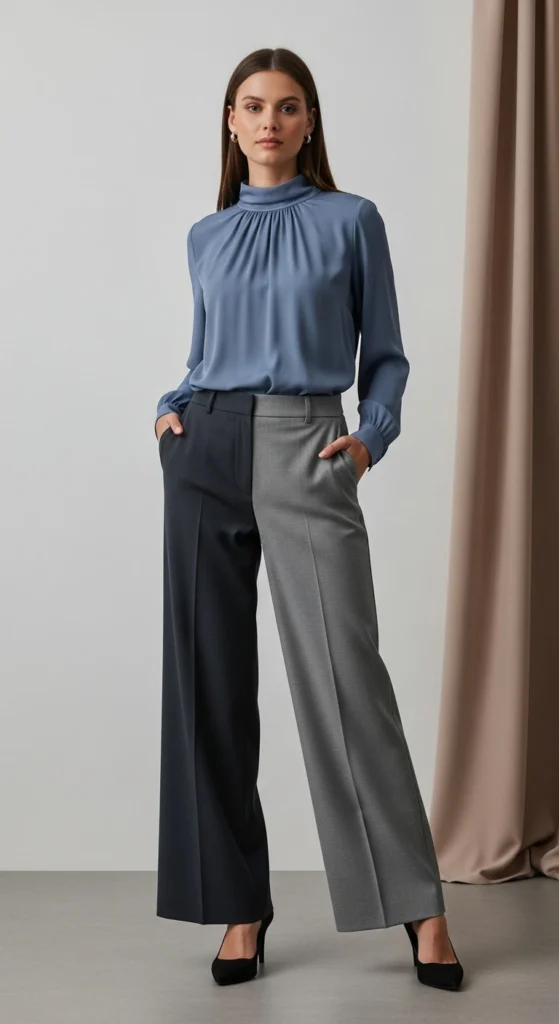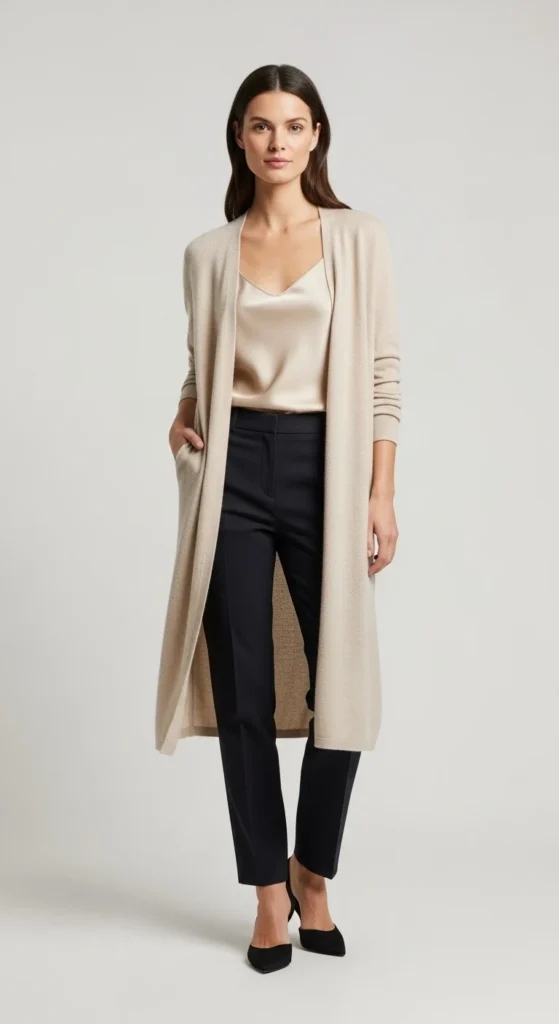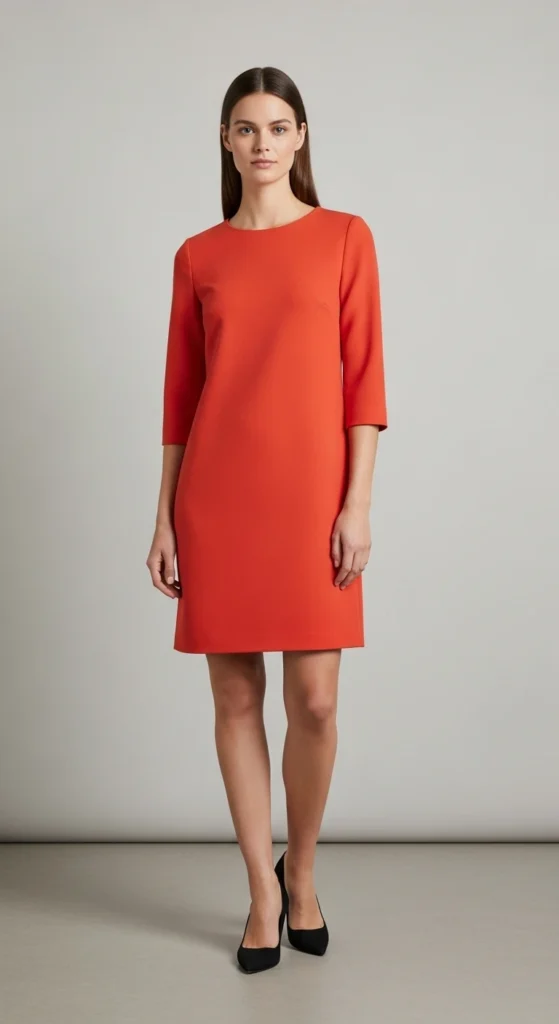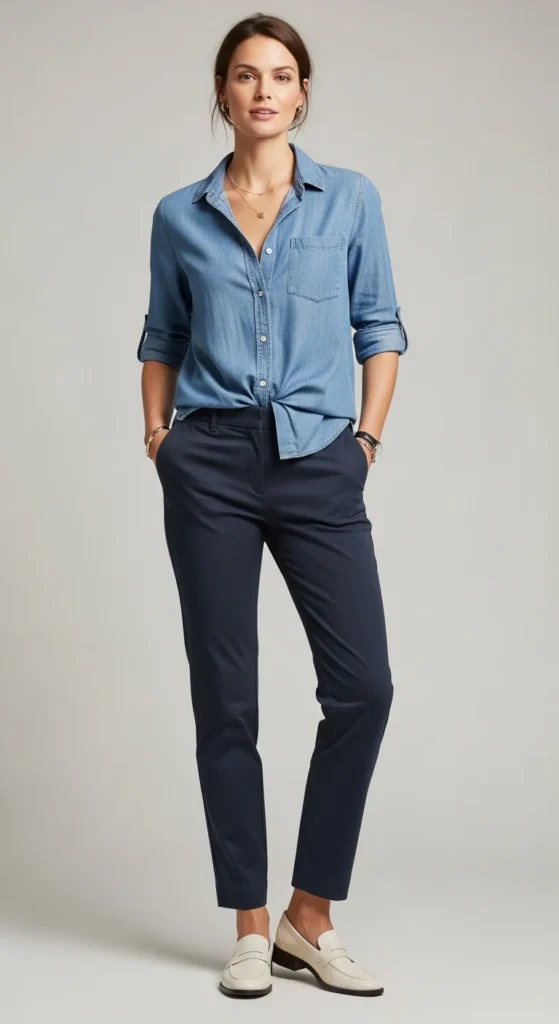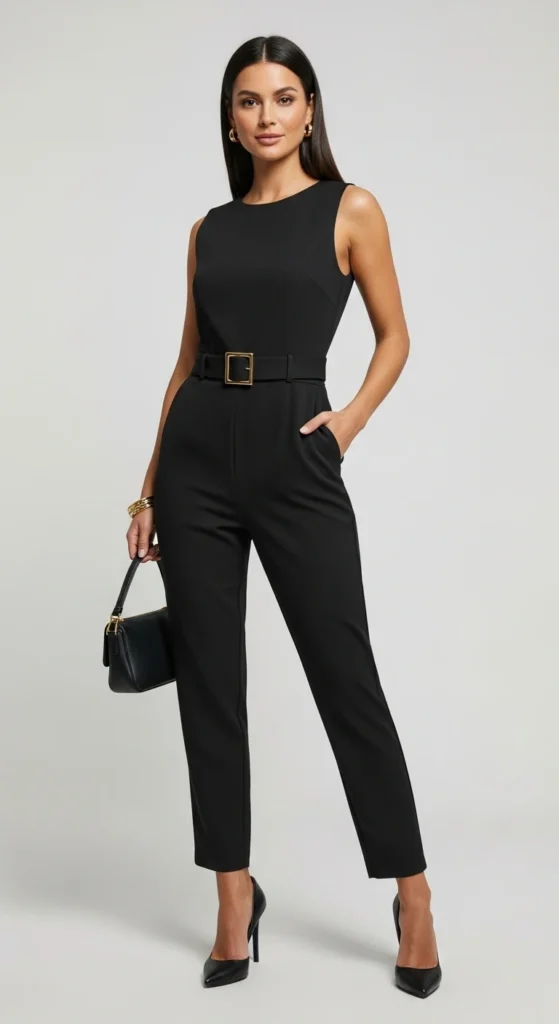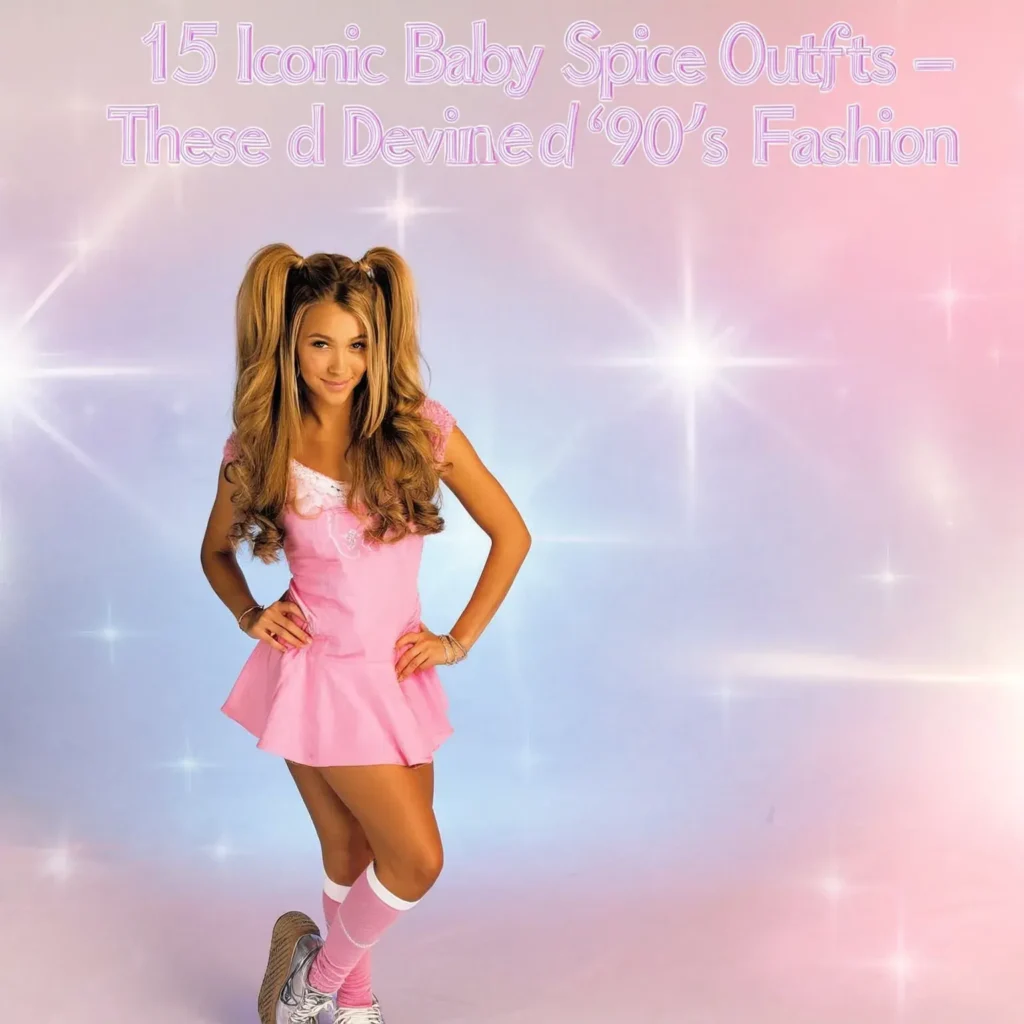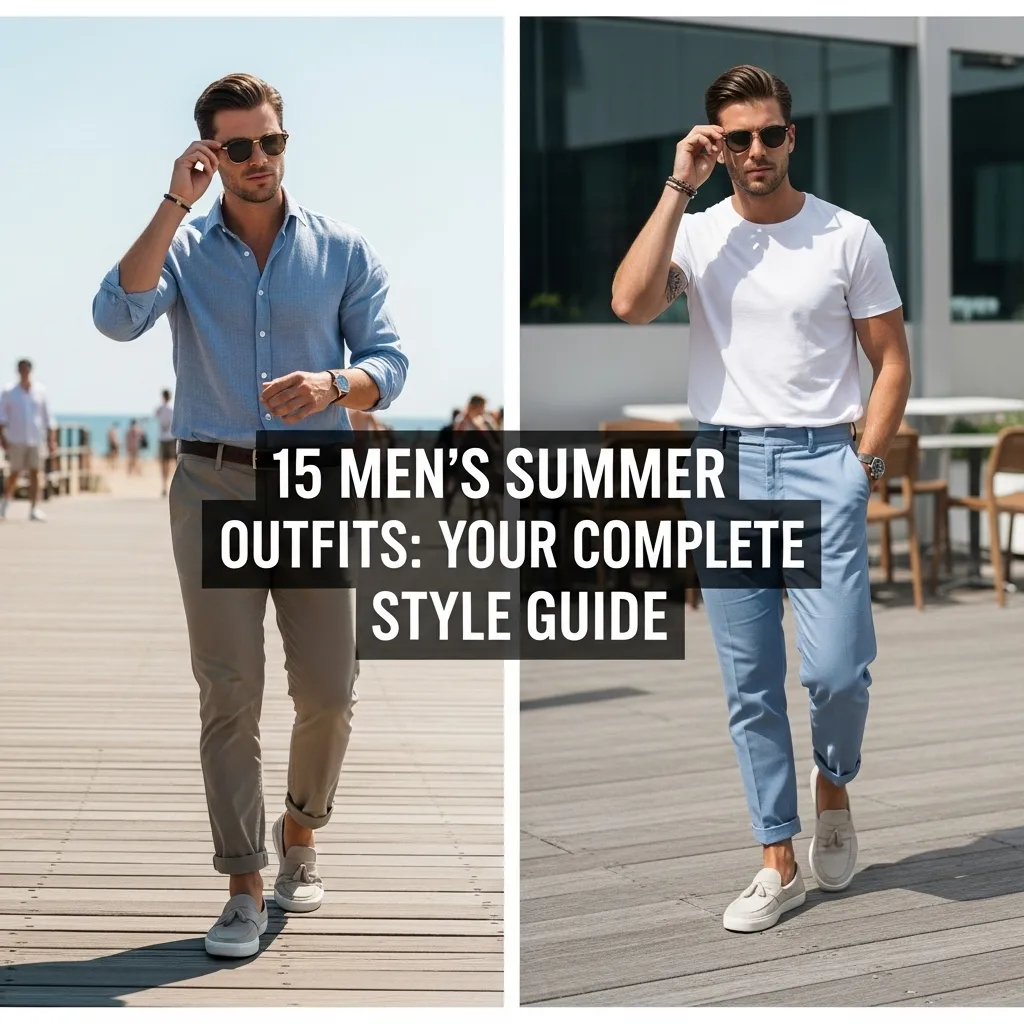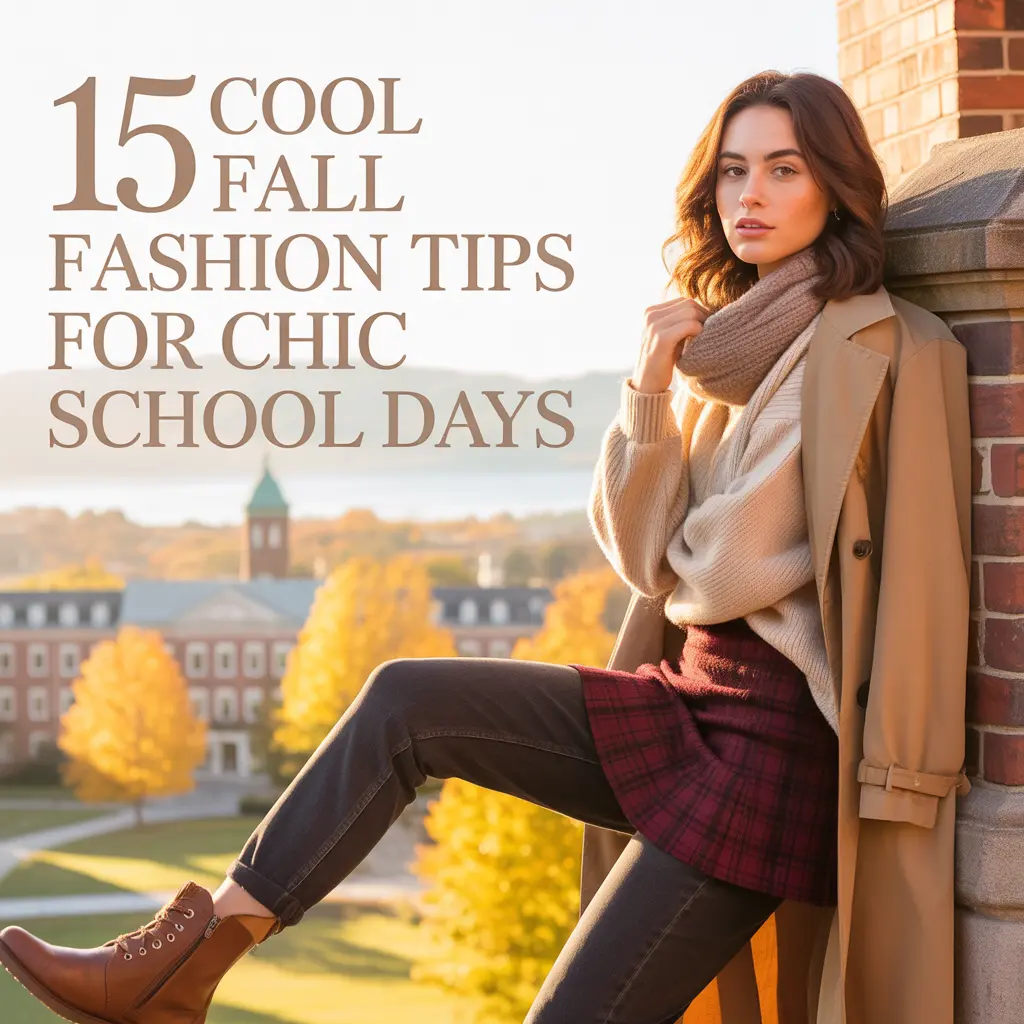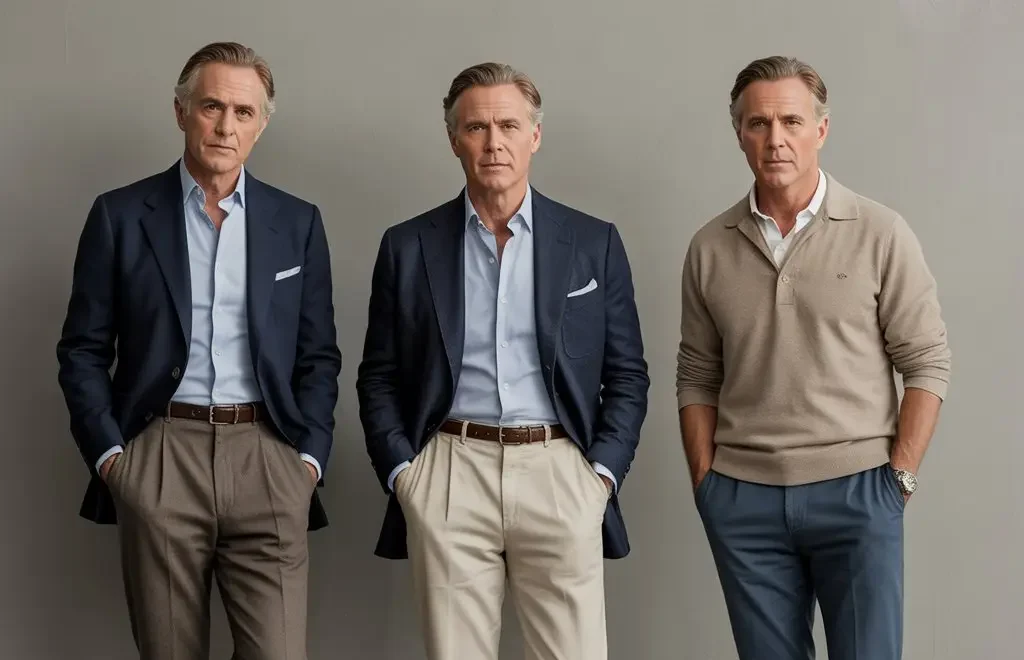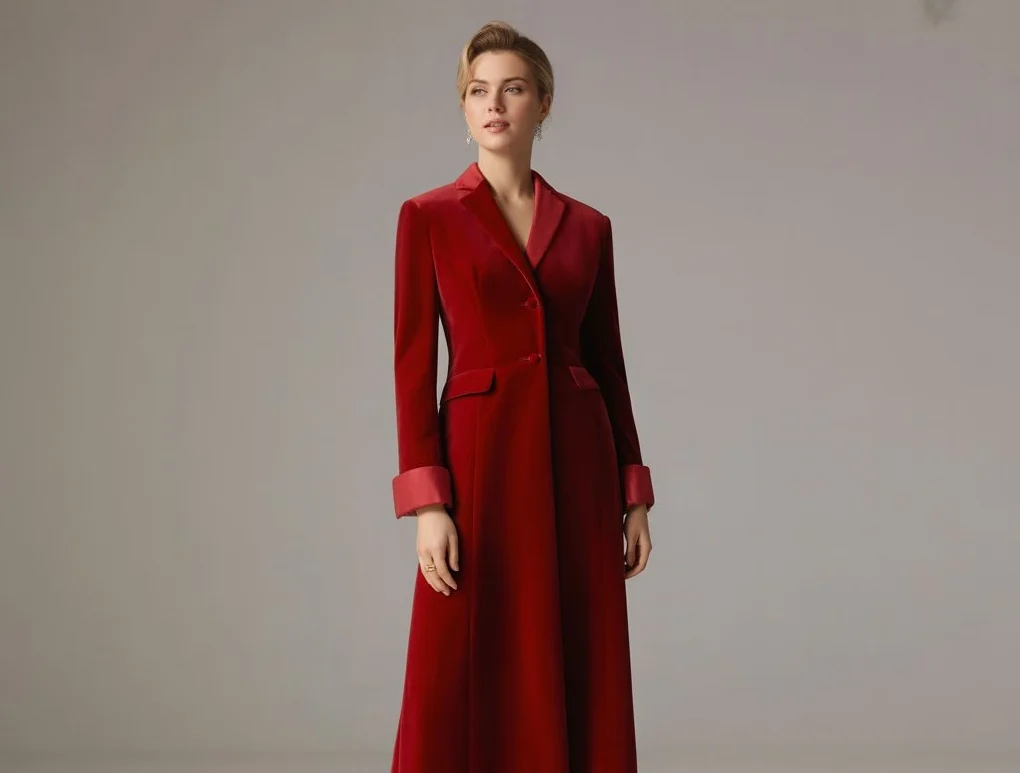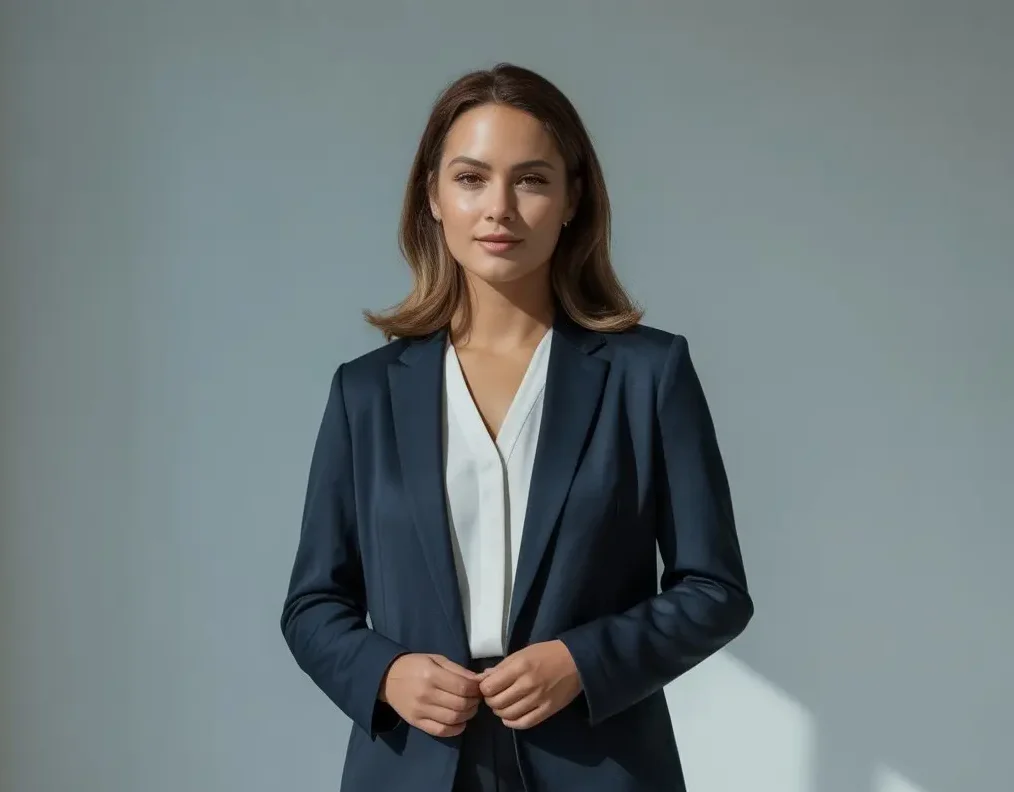
15 Business Casual Outfits for Women: Your Complete Style Guide
15 Business Casual Outfits for Women
Navigating the world of business casual can feel like walking a tightrope between too formal and too relaxed. Unlike traditional business attire with its rigid suit-and-tie requirements, business casual offers flexibility while maintaining professionalism. Whether you’re preparing for your first day at a new job, updating your work wardrobe, or simply seeking fresh inspiration, this guide will help you master the art of business casual dressing.
Understanding Business Casual
Before diving into specific outfits, it’s essential to understand what business casual actually means. This dress code sits comfortably between formal business wear and casual everyday clothing. It maintains a polished, professional appearance while allowing for more personal expression and comfort than traditional business attire. Look at this
The key to success with business casual is striking the right balance. You want to look put-together and competent while feeling comfortable enough to tackle your workday with confidence. Keep in mind that business casual standards can vary by industry, company culture, and geographic location, so always observe your workplace environment and ask for clarification when needed.
Table of Contents
1. The classic blazer and trousers combination
Start with the foundation of business casual: a well-fitted blazer paired with tailored trousers. Choose a neutral-colored blazer in navy, charcoal, or camel, and pair it with matching or contrasting trousers. This combination works beautifully because it maintains the structure of traditional business wear while allowing for more personal expression through accessories and footwear. Add a silk camisole underneath and finish with pointed-toe flats or low heels. This outfit transitions seamlessly from morning meetings to after-work networking events.
2. The midi skirt and blouse ensemble
A midi skirt paired with a tucked-in blouse creates an effortlessly elegant silhouette. Opt for a skirt that falls just below the knee in a solid color or subtle pattern. The blouse should be crisp and well-pressed, avoiding anything too sheer or revealing. This combination exudes femininity while maintaining professionalism. A midi skirt in a flowing fabric like silk or a structured ponte knit can work depending on your office culture. Complete the look with ankle boots or classic pumps.
3. The knit dress solution
A knit dress is your secret weapon for those mornings when you need to look put-together quickly. Choose a bodycon or fit-and-flare style in a solid color, ensuring it’s not too tight or too short. The beauty of a knit dress lies in its simplicity—it’s essentially a complete outfit that requires minimal styling. Layer with a structured blazer for extra polish, and add a statement belt to define your waist. Pair with tights during colder months and sophisticated flats or modest heels.
4. The cardigan and dress pants pairing
For a softer approach to business casual, combine a longline cardigan with well-fitted dress pants. The cardigan should be substantial enough to provide structure—think cashmere or merino wool rather than thin cotton. Choose dress pants in a tailored cut that flatters your body type. Underneath the cardigan, wear a simple tank or fitted tee in a complementary color. This outfit works particularly well in creative industries or on casual Fridays, offering comfort without sacrificing professionalism.
5. The sheath dress with a blazer
A sheath dress is the ultimate power piece in any business casual wardrobe. Select a dress in a solid color or subtle pattern that hits just at or below the knee. The neckline should be modest—think crew neck, boat neck, or a conservative V-neck. Layer with a complementary blazer for added authority. This combination is perfect for presentations, important meetings, or days when you need to feel particularly confident. Accessorize with simple jewelry and classic pumps.
6. The silk blouse and wide-leg trousers
Wide-leg trousers have made a strong comeback, offering both comfort and style. Pair them with a tucked-in silk blouse for a look that’s simultaneously modern and timeless. The key to pulling off this outfit is ensuring the trousers are properly tailored to your height—they should skim the floor when you’re wearing heels. Choose a blouse in a jewel tone or classic white for maximum versatility. Add a thin belt to define your waistline and prevent the outfit from looking too boxy.
7. The turtleneck and skirt combination
A fitted turtleneck paired with an A-line or pencil skirt creates a sophisticated, streamlined silhouette. This outfit works beautifully across seasons—opt for lightweight knits in warmer months and heavier cashmere or wool blends when temperatures drop. The turtleneck provides excellent coverage while still looking fashion-forward. Choose a skirt in a complementary color or a subtle pattern like houndstooth or pinstripes. Complete the look with ankle boots or pointed-toe flats.
8. The jumpsuit alternative
A tailored jumpsuit offers a fresh alternative to traditional separates. Look for styles with long sleeves or pair a sleeveless version with a blazer. The jumpsuit should be well-structured with a defined waist and professional neckline. Avoid anything too fitted or with excessive cutouts. This one-piece wonder simplifies getting dressed while making a stylish statement. Choose solid colors or subtle patterns, and ensure the length is appropriate—it should hit at the ankle, not drag on the floor.
9. The polo shirt and chinos mix
For a more relaxed business casual environment, a fitted polo shirt paired with chinos strikes the perfect balance. Choose a polo in a high-quality fabric like pique cotton, avoiding anything too sporty or oversized. The chinos should be well-pressed and fit properly through the hip and thigh, with a slight taper at the ankle. This outfit works particularly well in industries like tech or creative fields where the dress code skews more casual. Add loafers or ballet flats to complete the look.
10. The button-down shirt and pencil skirt
A crisp button-down shirt is a business casual staple. Pair it with a pencil skirt for a look that’s both classic and contemporary. You can wear the shirt traditionally tucked in, or try a French tuck (tucking in only the front) for a more relaxed vibe. Choose a pencil skirt in a neutral color or subtle pattern, ensuring it fits comfortably and doesn’t restrict movement. This outfit offers endless variations—try rolling up the shirt sleeves, adding a statement necklace, or layering with a vest. Look at this store
11. The culottes and blouse pairing
Culottes offer a modern, fashion-forward approach to business casual. These wide-legged cropped pants work best when paired with more fitted tops to balance proportions. Choose a structured blouse or fitted sweater in a complementary color. The key to making culottes work in a professional setting is selecting the right fabric—opt for structured materials like wool blends or heavy cotton rather than flowing fabrics that might appear too casual. Add heeled mules or block heels to elongate your legs.
12. The wrap dress wonder
A wrap dress is universally flattering and inherently professional. This style cinches at the waist, creating an hourglass silhouette while providing modest coverage. Choose a dress in a solid color or small print, ensuring the wrap isn’t too deep. The length should fall at or just below the knee. The beauty of a wrap dress is its versatility—it can be dressed up with heels and a blazer or kept simpler with flats and minimal accessories. This is an excellent option for days with multiple types of meetings or events.
13. The sweater and tailored pants combo
A quality sweater paired with tailored pants creates a polished yet approachable look. Choose a sweater in a fine gauge knit—nothing too chunky or oversized. Crew necks, V-necks, and boat necks all work well in professional settings. The pants should be well-fitted and pressed, in a complementary or matching color. This outfit works particularly well during transitional seasons and can be easily adapted by adding or removing a blazer. Complete with loafers, oxfords, or low heels.
14. The shift dress and cardigan layer
A shift dress offers a relaxed yet refined silhouette that works beautifully for business casual environments. Pair it with a structured cardigan or light blazer for added polish. Choose a dress in a solid color or conservative pattern, ensuring it’s not too short or too loose. The shift style is particularly comfortable while still looking professional. Add a thin belt over the cardigan to create shape, or keep it simple and unbelted for a more minimalist approach. Finish with classic pumps or sophisticated flats.
15. The monochromatic ensemble
Create a sophisticated look by dressing in a single color from head to toe. This doesn’t mean everything must match exactly—instead, choose varying shades of the same color family. For example, pair camel trousers with a tan sweater and a cream blazer. Monochromatic dressing creates a streamlined, elongated silhouette while appearing polished and intentional. This approach works with any color, though neutrals like black, navy, gray, and camel are particularly versatile for professional settings.
Essential Tips for Business Casual Success
Fit is Everything: No matter how expensive or stylish an item is, if it doesn’t fit properly, it won’t look professional. Invest in tailoring to ensure your clothing fits your body perfectly.
Quality Over Quantity: It’s better to have fewer high-quality pieces that last than a closet full of fast fashion that quickly looks worn. Focus on building a capsule wardrobe of versatile, well-made items.
Keep it Clean: Always ensure your clothing is clean, pressed, and free of wrinkles, stains, or pet hair. This attention to detail speaks volumes about your professionalism.
Consider Your Industry: Business casual can vary significantly across industries. What works in a creative agency might not be appropriate in finance. Observe what senior colleagues wear and adjust accordingly.
Accessories Matter: The right accessories can elevate a simple outfit. Invest in quality shoes, a professional handbag, and understated jewelry that complements rather than overwhelms your look.
Comfort Counts: You’ll perform better when you’re comfortable. Choose fabrics that breathe and move with you, and always do a sit test before wearing something new to work.
Conclusion
Mastering business casual is about finding the sweet spot between professional and personal style. These 15 outfits provide a strong foundation for building a versatile work wardrobe that takes you confidently through any professional situation. Remember that business casual is more forgiving than traditional business formal, allowing you to express your personality while maintaining workplace appropriateness. By investing in quality basics and understanding how to mix and match them effectively, you’ll always have something appropriate and stylish to wear. The key is confidence—when you feel good in what you’re wearing, it shows in your work and interactions with colleagues and clients.


